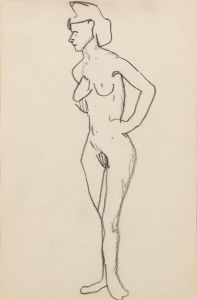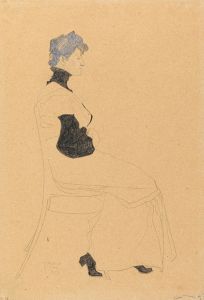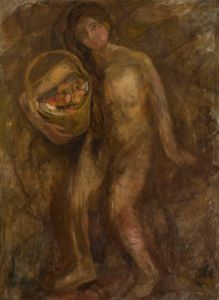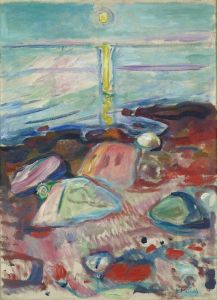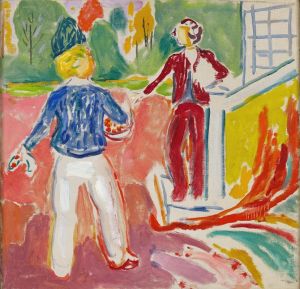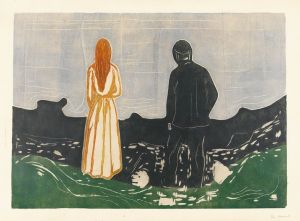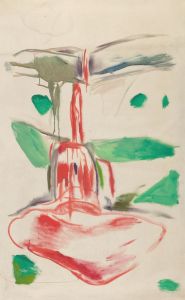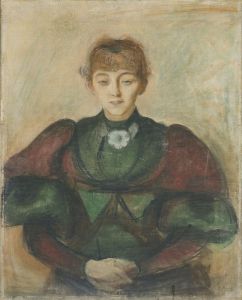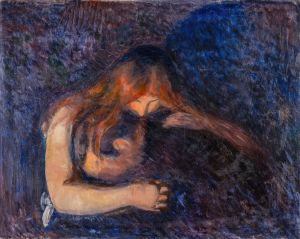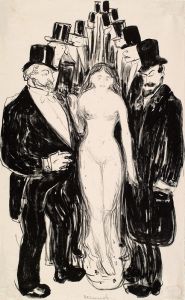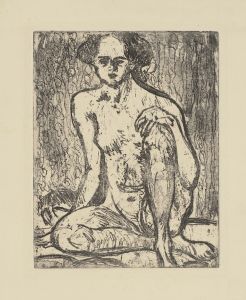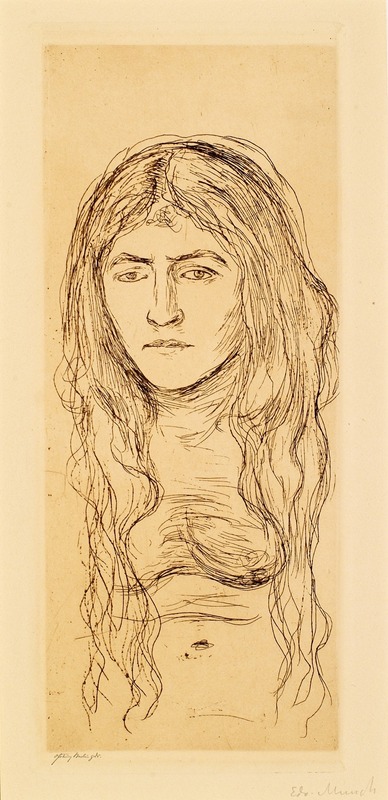
Naked Girl
A hand-painted replica of Edvard Munch’s masterpiece Naked Girl, meticulously crafted by professional artists to capture the true essence of the original. Each piece is created with museum-quality canvas and rare mineral pigments, carefully painted by experienced artists with delicate brushstrokes and rich, layered colors to perfectly recreate the texture of the original artwork. Unlike machine-printed reproductions, this hand-painted version brings the painting to life, infused with the artist’s emotions and skill in every stroke. Whether for personal collection or home decoration, it instantly elevates the artistic atmosphere of any space.
Edvard Munch, a Norwegian painter and printmaker, is renowned for his evocative and emotional works that often explore themes of existential dread, love, and death. One of his lesser-known works is "Naked Girl," which, like many of his paintings, reflects his interest in the human psyche and emotional expression.
"Naked Girl" is a painting that exemplifies Munch's characteristic style, which often includes bold colors, dramatic compositions, and a focus on emotional content. Munch's work was heavily influenced by Symbolism and later contributed to the development of Expressionism. His paintings frequently depict human figures in various states of emotion, often set against striking and sometimes unsettling backgrounds.
The painting "Naked Girl" features a young female figure, rendered with Munch's typical expressive brushwork. The use of color and form in the painting is designed to evoke an emotional response from the viewer, a hallmark of Munch's artistic approach. The figure's nudity is not merely a depiction of the physical form but serves as a symbol of vulnerability and exposure, common themes in Munch's oeuvre.
Munch's exploration of the human condition often involved a deep dive into personal and universal themes of anxiety, love, and mortality. His own life was marked by tragedy and illness, which profoundly influenced his artistic output. Munch's mother died of tuberculosis when he was just five years old, and his father passed away when Munch was 14. These early experiences with death and grief left a lasting impact on him, which is evident in the emotional depth of his work.
"Naked Girl" can be seen as part of Munch's broader exploration of the human experience, where he often depicted figures in isolation or in moments of introspection. This painting, like many of his others, invites the viewer to contemplate the inner life of the subject and, by extension, their own emotional state.
Munch's work was not always well-received during his lifetime. His raw and emotional style was sometimes criticized for being too radical or unsettling. However, his influence on modern art is undeniable, with his work paving the way for later movements such as Expressionism. Today, Munch is celebrated as one of the pioneers of modern art, and his paintings are studied for their innovative approach to color, form, and psychological depth.
While "Naked Girl" may not be as famous as Munch's iconic "The Scream," it remains an important piece within his body of work, illustrating his continued interest in exploring the complexities of human emotion and the human condition. Munch's ability to convey deep emotional truths through his art has ensured his place as a significant figure in the history of art.





